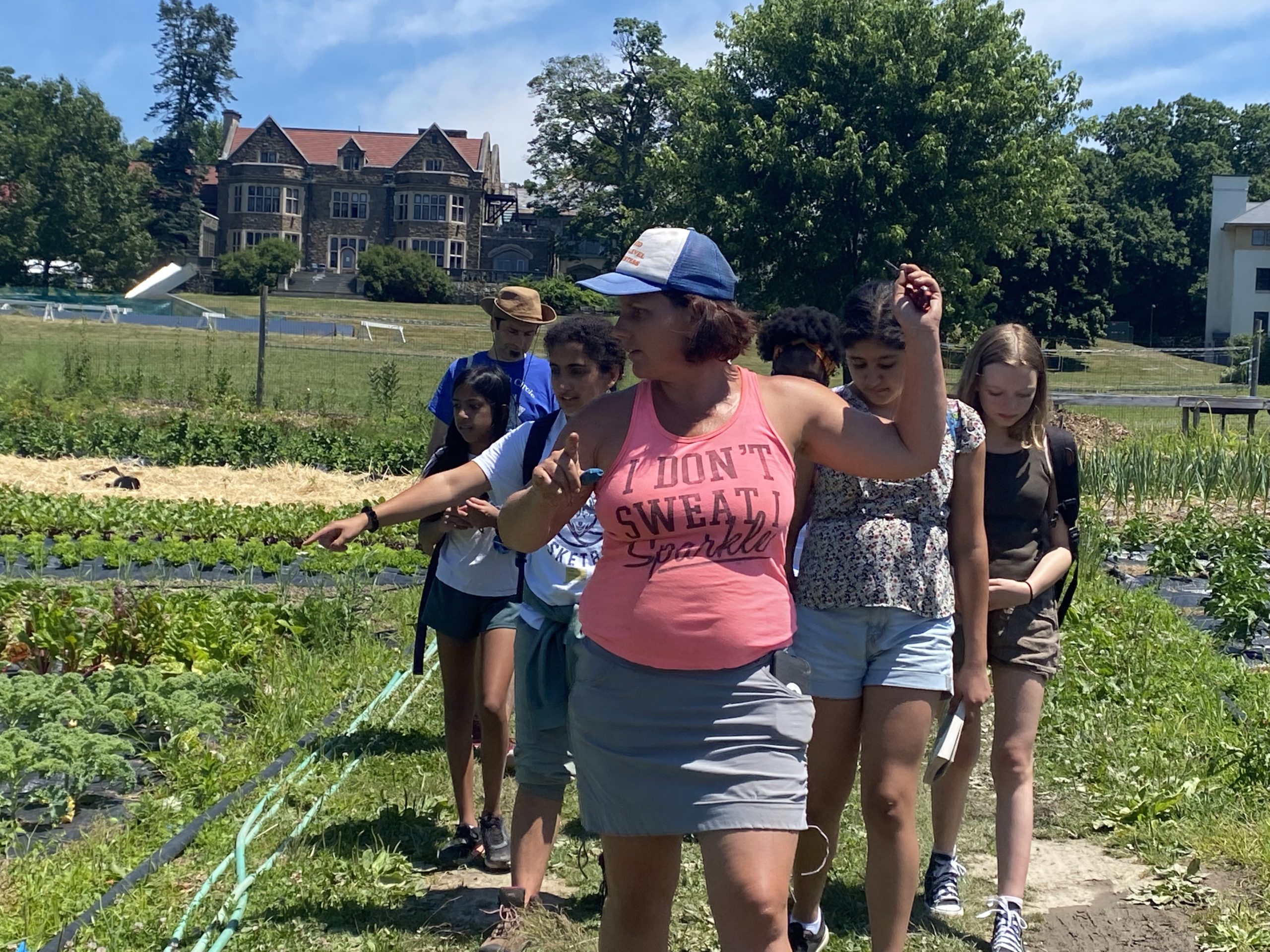On the morning of Day 4, CAMPers had even more math puzzles to choose from – along with the regular linking puzzles, Hex, and Hanoi, we had miscellaneous math books – from The Moscow Puzzles to Eye Twisters – as well as the Magic Birthday Trick, scattered throughout the room.

“It’s really simple – like, really simple. You just put one piece down and try to make a line between your two colors.”




Having found themselves locked out of their usual classroom, the CAMPers in SINE spent the first few minutes of Math class in the first-floor RKC lounge before switching to the Computer Lab (after the CS instructors had had time to “destroy the evidence” of what they would be doing in class today).





Once there, they continued to discuss fractal dimension and the Sierpinski Triangle – Why does it make sense for this object to have a dimension between 1 and 2? First, they reviewed the concept of scaling an object – for example, if you take a square of area 1, then scale each side length by 3, the scaling factor is 3. The ratio of the new area to the original area is 9:1 = 9/1 = 9 = 3^2. The exponent (in this case, 2) is the dimension of the object. Next, they took rulers and used them to draw the Koch Curve, before embarking on the quest for its dimension.
Meanwhile, the COS group continued working with fractional numbers (between 0 and 1) in different bases, specifically ternary (Base 3) – in which all numbers are written as strings of 0’s, 1’s, and 2’s. Which of these ternary numbers (e.g., 0.0121) is in the Cantor Set?




Once Math class was over, CSC headed to Art, while the CAMPers in SEC worked on problems in converting between bases (2, 3, 4, and 10) and adding numbers in Base 2 using truth tables – How can we build a table with two inputs (A and B) and an output that is their Base 2 sum? What logical operators (AND, OR, XOR) give us these outputs? Given the materials they had been working with all week (cables, LEDs, and batteries), CAMPers were able to build their very own half-adder (which is able to add two 1’s together) and even made a truth table for a full-adder (which is capable of adding 1 + 1 + 1).









After lunch at Kline, the CAMP fragmented into groups for each elective: a hike to the Bard College Farm, lawn games and a thrill ride on the Circle Swing that hides in the shadow of the Campus Center, and a Rubik’s Cube demonstration by world champion speed-cuber, former CAMPer, former CAMP high school volunteer, Bard College math and physics major Daniel Rose-Levine.










At the end of electives, SEC went to Art class to make their own Sierpinski Pyramids.








Finally, the CAMPers got together in the Auditorium to puzzle their way through Rubik’s Cubes and to play a few more rounds of Rush Hour and Set.
Day 4 brought us tons of mathematical, computational, and artistic excitement. Now that we’ve had a glimpse of objects, dimensions, and number systems that seem less than normal (but are definitely real!), we’re finally ready for Friday, Day 5.
Photo Credit: Sonita Alizada (images 29-39, featured image), Kateri Doran (images 1-28, 40-42).


